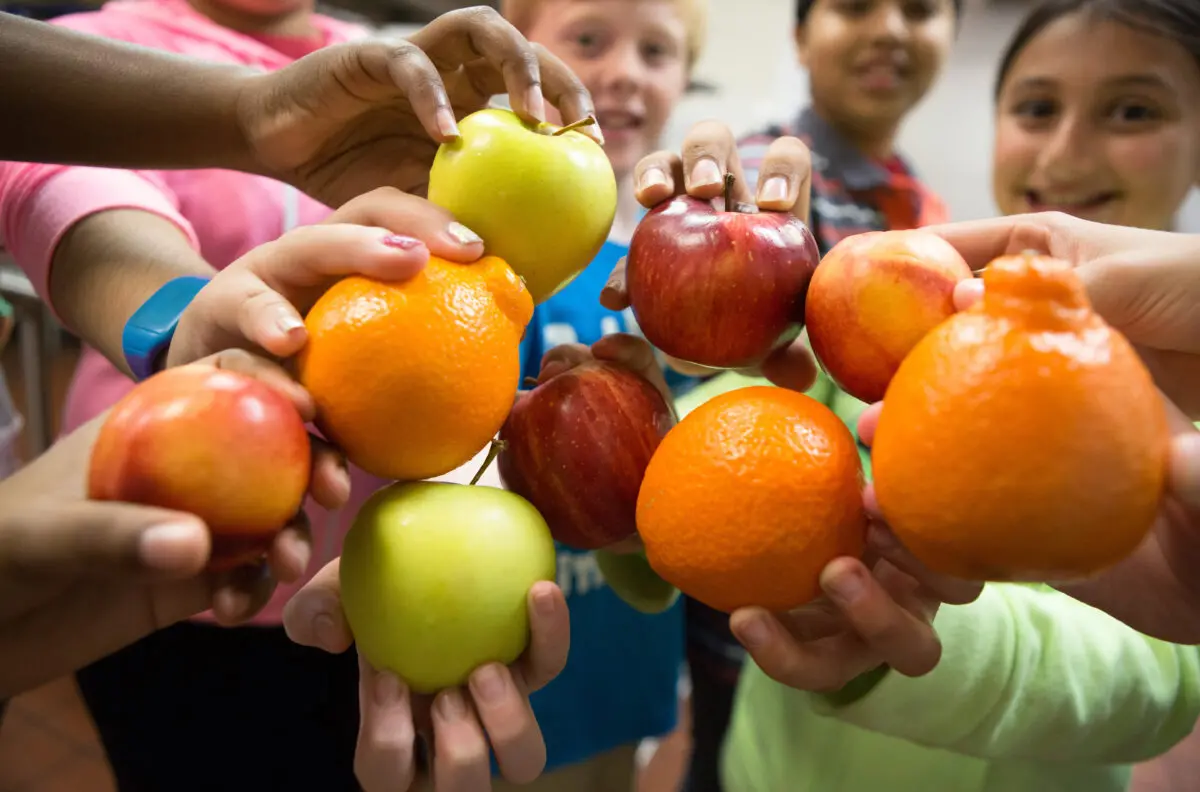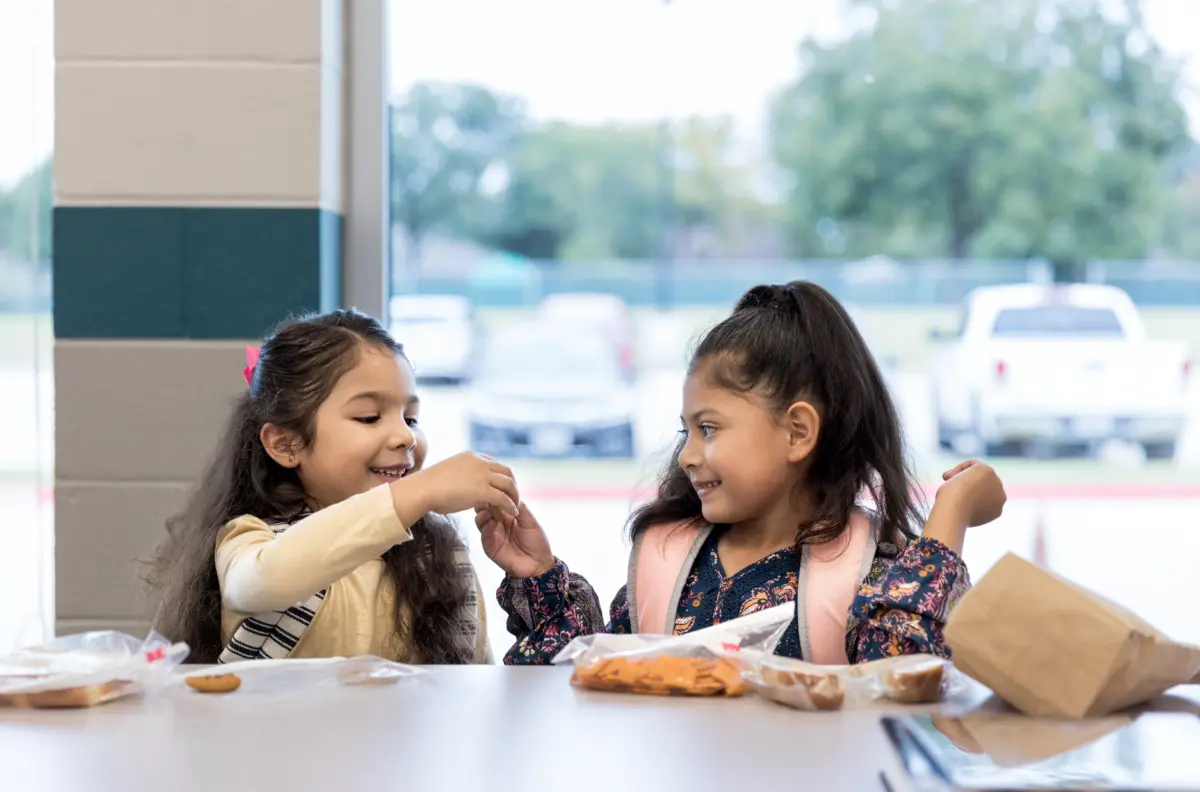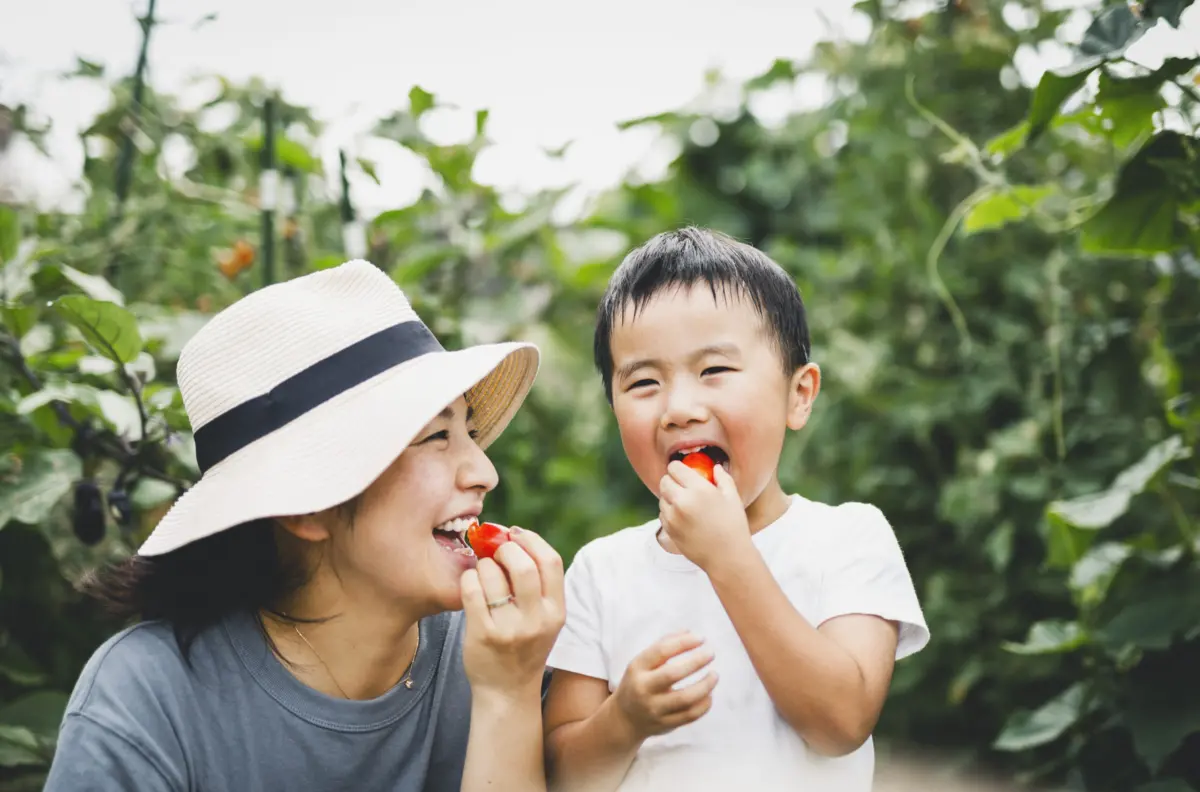Thinking Outside the Box to Feed Kids and Families Citywide Houston Independent School District – Houston, TX – 200,000 students
On March 15, 2020, Betti Wiggins, nutrition services officer for the Houston Independent School District, got word that the district’s schools needed to close due to COVID-19.
Since then, Betti has spread her love and passion for feeding not only students in her district, but also kids in 17 additional districts all across Houston, despite having little notice or planning. Using a warehouse the size of four football fields, she and her staff, the Houston Food Bank, other partners and volunteers, packaged thousands of bags of food and transported them in long refrigerated trucks to distribution sites all across the city.
Leading, in partnership with the Houston Food Bank, a well-oiled meal distribution operation, Betti was prepared to feed the long car lines of families from across the city of Houston–beyond students in the 17 districts. Her mission was bigger than passing out meals to feed kids.


